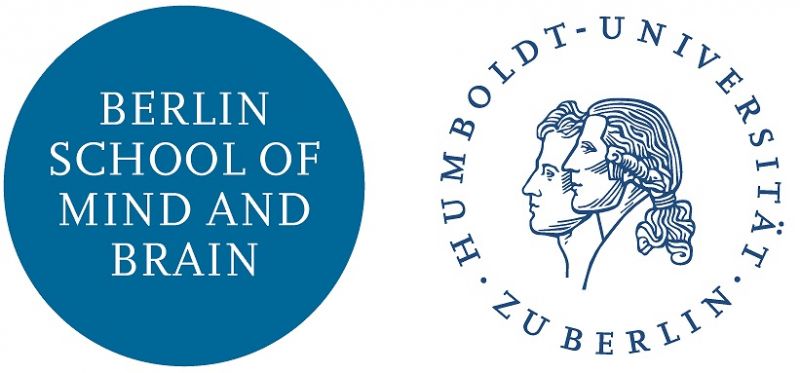Session 6 - Towards a Phenomenology of the Body in Virtual Reality by Craig D. Murray - Part II
Addressing the Body in Phenomenology poses a challenge, as we cannot journey in something that we are so familiar with, tand therefore have to be external to something that we possess. “I cannot say I know my body, because I AM my body” or as Wittgenstein put it: "If someone says, “I have a body,” he can be asked, “Who is speaking here with this mouth?” This becomes more relatable imagining the condition of a broken or paralyzed limb. We thereby realize our restricted functionality through the present but at the same time non-accessible limb.
Virtual Reality and bodily integrity
VR can help us to experience the limits and boundaries of this bodily integrity and give us a closer and unusual understanding of our non-virtual Body (e.g. The experience of the virtual Hand being cut can cause the sensation of “bleeding”). It can also be used for pain remediation - say burn victims or people struggling with phantom limb pain.
Yet our bodily experience and integrity is subject to change. “At the dentist, we’re all mouth”. But our full bodily existence is the ultimate reality. While we reflect on being in the world in hyperfocused moments that raise our physical awareness, the body appears as the other as we are too observant of our own bodies. Hence our full bodily experience is compromised. There also has to be some kind of “ownership” or identification of the body to be able to control it and to experience it. So a lack of bodily integrity (through paralysis or involuntary action of the body e.g.) can have a deteriorating effect on our connection to our body.
We wake up to our bodily sensation in the ways we act. The Body’s presence and it’s boundaries are “fleshed out by a ceaseless stream of kinaesthesias, cutaneous and visceral sensations” (p.8), yet e.g. it has to be (unconscious) action, which are the moments that are intense time of being aware of it’s existence, as it is acting as a whole. (e.g. the act of experiencing thirst and a dry mouth leading to the action of grabbing a bottle of water and drinking.)
While Sartre says the body is “surpassed but ever present” in everyday experience, it is (visually) eliminated in VR. There is something like a “Phantom Body”, leading to the uncertainty of whether one can feel it’s body or not and enabling the experience of an extended or receding body, for example giving a physically challenged dancer the experience of using her legs through the Machine to be Another. [1]
